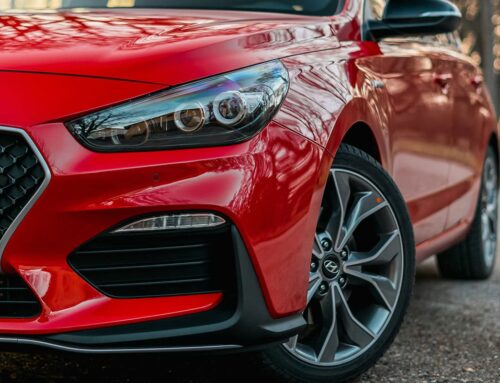THE high speeds, intense pressure, and constant motion of many modern machines, both in the factory and in the automotive domain, put a great strain on moving parts. The more a part moves, the more friction is increased. The more friction that exists, the more wear and tear there will be. Part of the answer to this dilemma is the use of machine components known as “bearings.”
Bearings “bear” or “support” the weight of moving parts that push up against them. They keep those parts to which they are attached or with which they are in contact from moving more than they ought to while allowing them to still make all necessary motions. By reducing or eliminating undesirable movements, bearings extend the life of machine parts and save all of us a lot of money.
Ball Bearings
One of the earliest and most common type of bearing is the ball bearing, which consists of spheres that are held between two rings, called “races,” and which roll round so as to greatly reduce friction.
Roller Bearings
While there are many types of roller bearings, we shall concentrate here on one of the most important, which is more specifically labeled “cylindrical roller bearings.” As the name implies, small cylinders are involved. In this type of bearing, these cylinders are relatively short and fat- shaped something like shot gun shells. They are quite good at bearing heavy loads and can usually out-perform ball bearings in this respect. While quite effective at what they do, cylindrical roller bearings are a little touchy as to alignment. That is, they can rapidly lose load-bearing capacity if at all misaligned. If kept well-aligned, well-lubricated, and reasonably clean, however, they can function great for a long period of time.







Leave A Comment